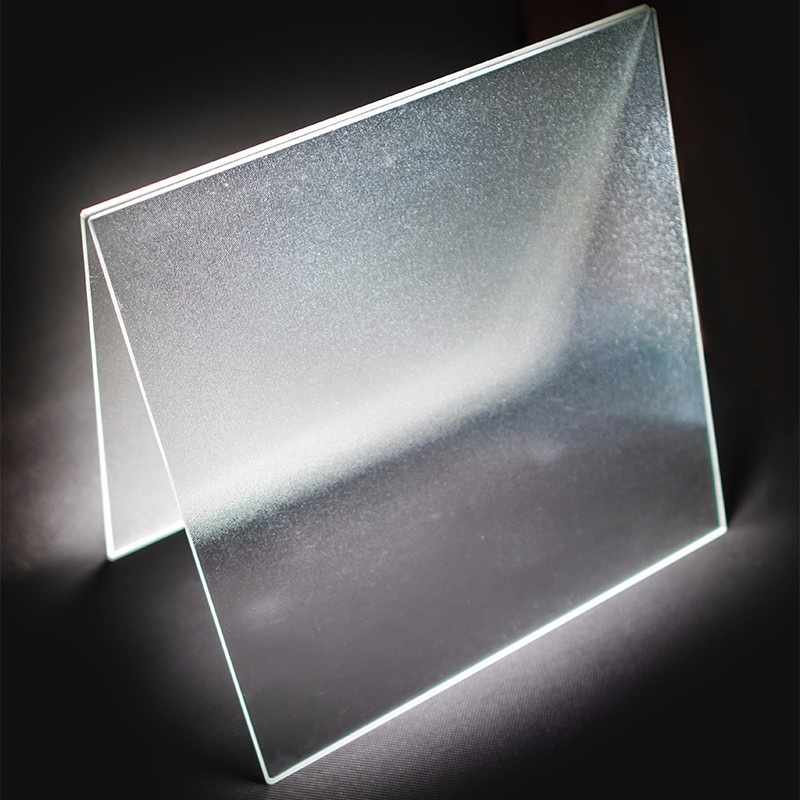

The Evolution of Glass From Clear to Frosted
Glass has been an intrinsic part of human civilization for thousands of years, serving various functional and aesthetic purposes. From the earliest use of clear glass in ancient vessels to the contemporary applications of frosted glass, the evolution of this material reflects significant advancements in technology, design, and human creativity.
The Origins of Clear Glass
The journey of glass began around 2000 B.C. in Mesopotamia, where artisans mastered the craft of glassblowing. Initially, glass was used for decorative objects and containers. The clarity of glass offered a unique way for creators to showcase the contents within, be it liquids or treasures. The transparency of clear glass signified purity and sophistication, allowing light to illuminate and enhance objects placed behind it. This attribute made it particularly popular for windows in churches and mansions, providing a seamless connection between the interior and the outside world.
The Rise of Frosted Glass
As architecture evolved, so did the preferences for materials used in design. By the 19th century, frosted glass emerged as an innovative alternative to clear glass. The process of frosting involves sandblasting or acid etching the surface, creating a translucent finish that diffuses light. This technique not only adds a layer of privacy but also reduces glare, making frosted glass ideal for applications in bathrooms, offices, and public spaces.

Frosted glass introduced a new dimension to design, allowing architects and interior designers to incorporate light without compromising on privacy. Its soft appearance conveys a sense of tranquility and calm, making it suitable for environments where relaxation and comfort are a priority. Architects began using frosted glass in partitions, doors, and even lighting fixtures, contributing to a modern aesthetic that values both functionality and style.
Aesthetic and Functional Benefits
One of the most significant advantages of frosted glass is its ability to blend elegance with practicality. In homes, frosted glass can transform a simple divide into a statement piece. The soft glow it emanates creates a serene ambiance while providing a visual barrier. This dual functionality is why frosted glass continues to rise in popularity, often being the material of choice in contemporary architecture and interior design.
Moreover, frosted glass is quite versatile, working beautifully in both residential and commercial settings. In offices, for instance, it can be used for conference room windows, allowing natural light to flood the space while maintaining confidentiality. In retail, frosted glass can enhance product displays and customize brand experiences without revealing every detail.
Conclusion
The transition from clear to frosted glass represents more than just a change in aesthetic preference; it reflects a broader evolution of design philosophy that values both openness and privacy. As we move forward, it is evident that glass, whether clear or frosted, will continue to play a pivotal role in shaping our environments. The future of architecture will likely see even more innovative uses of glass, combining technology and artistry to create spaces that cater to the evolving needs of society. As we embrace this material, we open ourselves to new possibilities, enhancing our experiences and interactions within both private and public realms.